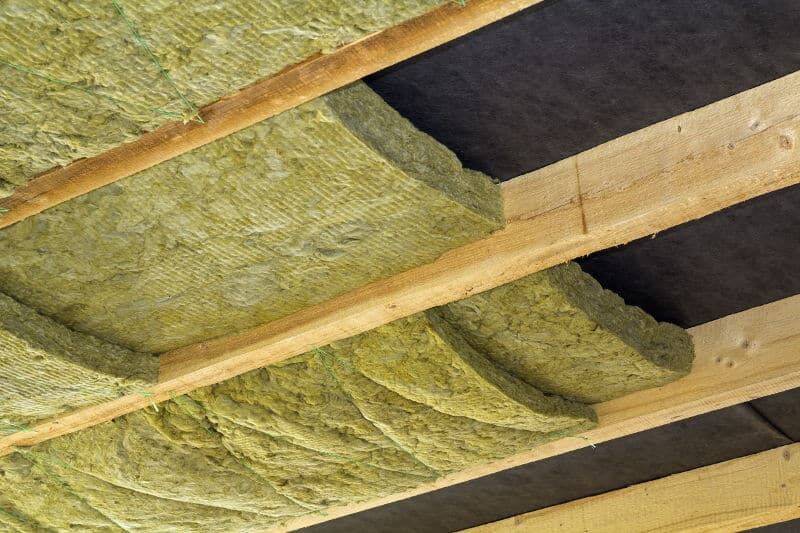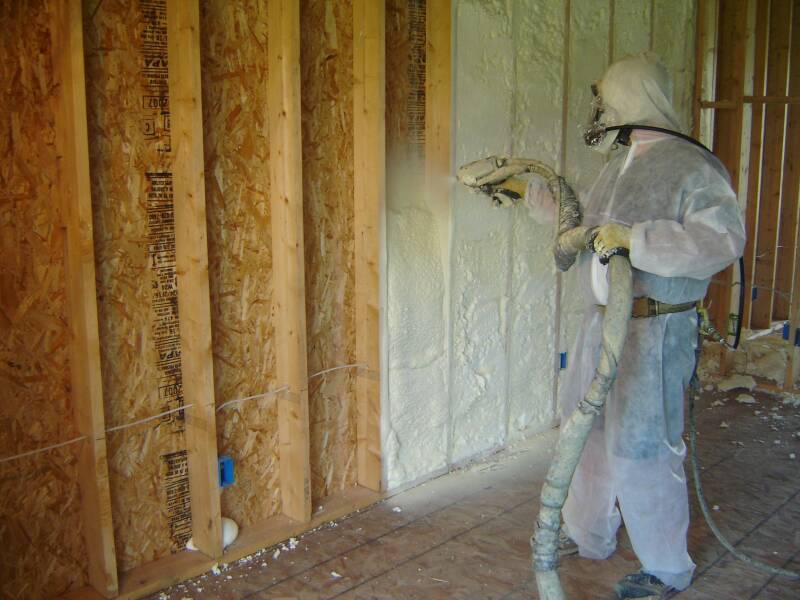Services
Duct Leakage test

What Is a Duct Leakage test?
A duct leakage tester is a diagnostic tool designed to measure the airtightness of forced air heating, ventilating and air-conditioning (HVAC) ductwork. A duct leakage tester consists of a calibrated fan for measuring an air flow rate and a pressure sensing device to measure the pressure created by the fan flow. The combination of pressure and fan flow measurements are used to determine the ductwork airtightness. The airtightness of ductwork is useful knowledge when trying to improve energy conservation.
What Happens During the Test?
During a duct leakage test, several important steps occur:
-
Preparation: The test is conducted after all components of the HVAC system have been installed, including the air handler, ductwork, and register boxes or duct boots.
-
Pressurization: A calibrated fan is used to pressurize the ducts. As air is delivered into the ductwork, pressure builds up and forces air out of various openings, such as seams, joints, and connections in the ductwork.
-
Measurement: The airflow required to maintain a specific pressure is measured. This helps identify the presence and extent of leaks. The procedure involves partitioning off a section of ductwork, using a blower to pressurize it, and measuring the airflow into the isolated ductwork using a calibrated orifice plate. This measurement provides information about the air leakage out of the sealed section of duct.
In summary, a duct leakage test assesses the integrity of the duct system, ensuring that it operates efficiently and minimizes energy losses due to leaks.
Blower Door test

What Is a Blower Door Test?
Blower door tests are performed by certified energy auditors to determine to what degree a home is airtight. A temporary “blower door” equipped with a powerful fan is fitted into the frame of an existing front or back door, and when the fan is turned on, it sucks the air out of the house and blows it outside. Digital gauges compare the difference in air pressure between the inside air and the outside air to determine how much air is leaking into the house.
What Happens During the Test?
Once the energy auditor arrives, it takes between 10 and 20 minutes to install the blower door inside an existing door frame, an additional 10 to 15 minutes to prep the house for the test, and about 15 minutes to run the test. Here’s what’s involved:
-
The blower door is fitted inside the door frame.
-
All exterior doors (except the one where the blower door is to be installed) are closed.
-
All windows are closed.
-
Interior doors are left open to ensure that all rooms in the home are included in the test.
-
Pilot lights from stoves and water heaters are extinguished.
-
Flues in wood-burning stoves and fireplaces are closed.
-
The auditor calculates the total volume of airspace inside the house.
-
The fan in the blower door is engaged, and digital gauges monitor the air pressure inside and outside the home.
-
Another auditor walks through the house and checks for drafts. The fan is so powerful that as it sucks the air out of the house, it draws additional air in through unsealed gaps in the home. These are called “penetrations.” The auditor will feel around doors, windows, and vents for drafts and will also use a small fog generator to pinpoint drafts that are too weak to feel. When there’s no draft, the fog will hover in the air, but if a draft is present, the fog will quickly blow away.
Ceilings and Walls Insulation


Why is recommended to Insulate Walls and Ceilings?
Insulating walls and ceilings offers several benefits for your home. Here are some key reasons why it’s important:
- Energy Efficiency: Proper insulation helps maintain a consistent indoor temperature, reducing the need for heating in winter and cooling in summer. It limits heat transfer, keeping your home comfortable and saving energy.
-
Noise Control: Insulation dampens sound, making your living spaces quieter. It’s especially useful for interior walls to minimize noise between rooms.
-
Fire Protection: Insulating walls provides an additional layer of fire resistance. While it won’t prevent fires, it can slow down their spread, giving you more time to react.
-
Moisture Prevention: Insulation helps prevent condensation and moisture buildup within walls and ceilings. This reduces the risk of mold growth and structural damage.